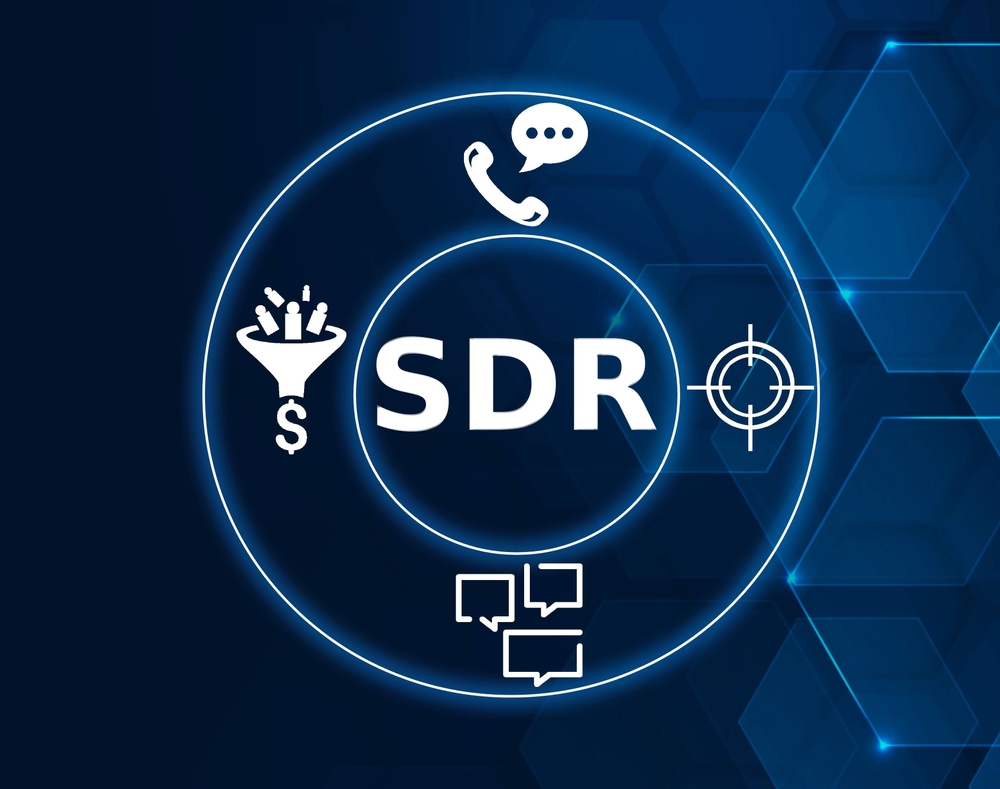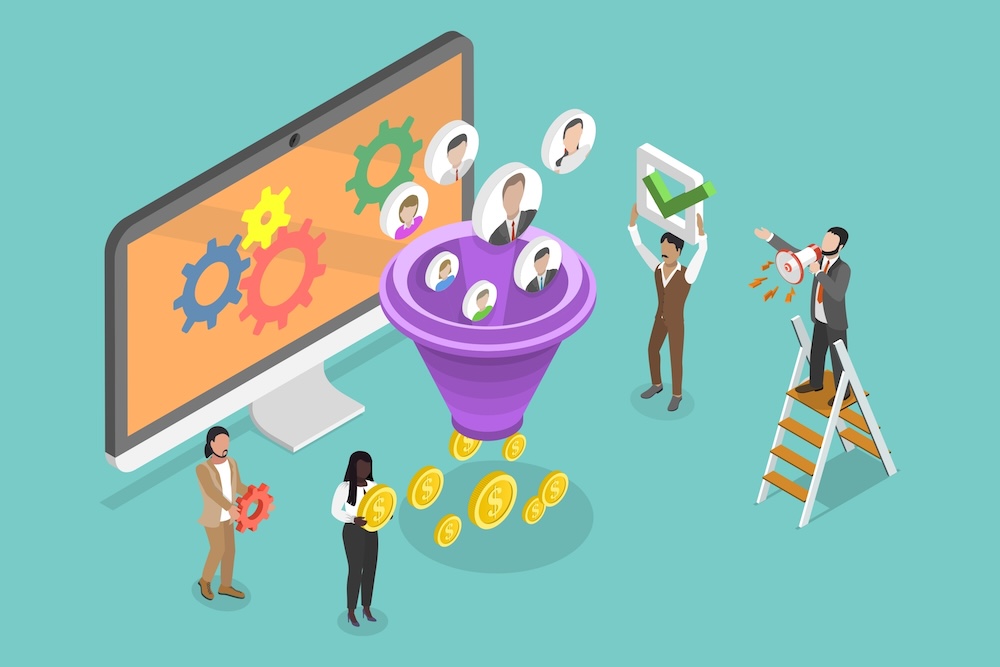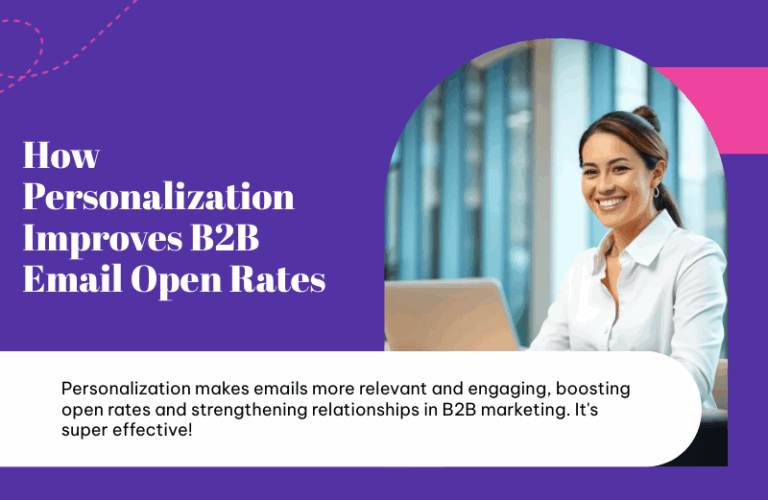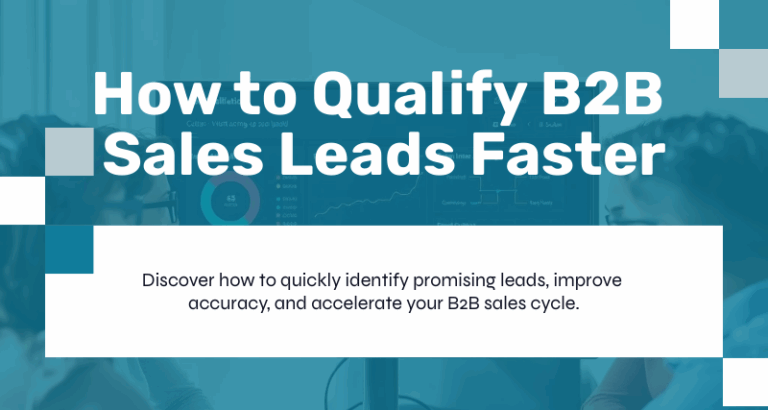
Sales Development Representatives (SDRs) are the backbone of B2B sales teams, responsible for identifying and nurturing leads to ensure a consistent and high-quality sales pipeline. As businesses compete in increasingly saturated markets, SDR lead generation has become more sophisticated, leveraging advanced tools, multi-channel strategies, and data-driven decision-making.
This comprehensive guide explores the fundamentals of SDR lead generation, its importance, methodologies, challenges, and future trends, providing actionable strategies to help businesses stay ahead in 2025 and beyond.
Understanding SDR Lead Generation
At its core, SDR lead generation refers to the process of proactively reaching out to potential customers to generate interest, qualify prospects, and pass them on to account executives (AEs) for further engagement. Unlike traditional inbound marketing, SDRs focus on outbound strategies, targeting ideal prospects through cold outreach and personalized communication.
Key Activities of SDRs
- Prospecting for leads: Identifying potential customers using databases, social media, and tools like LinkedIn Sales Navigator.
- Cold outreach: Engaging with prospects through emails, phone calls, and direct messages tailored to their needs.
- Qualifying leads: Using frameworks like BANT (Budget, Authority, Need, Timeline) to assess prospects’ readiness to buy.
- Collaboration with marketing teams: Aligning with marketing to leverage resources like intent data, email campaigns, and lead scoring.
By understanding how to streamline SDR processes, businesses can maximize efficiency and ROI, ensuring a steady flow of high-quality leads to fuel sales pipelines. Learn more about streamlining lead scoring for better alignment.
Why SDR Lead Generation is Essential in B2B Sales
B2B sales cycles are longer and more complex than B2C transactions, involving multiple stakeholders and significant investments. SDRs help navigate this complexity by identifying qualified prospects early and nurturing them until they’re sales-ready.
Benefits of SDR Lead Generation
- Improved Sales Productivity
SDRs ensure that account executives spend their time closing deals rather than chasing unqualified leads. Companies that prioritize lead qualification report a 20% boost in sales efficiency, according to HubSpot. - Enhanced Personalization
With access to tools like intent data and customer relationship management (CRM) platforms, SDRs can craft highly targeted outreach. Personalized communications have been shown to increase response rates by 26%, according to MarketingProfs. - Better Marketing-Sales Alignment
SDRs act as the bridge between marketing and sales teams, ensuring a seamless handoff of qualified leads. This alignment is critical for maximizing the value of marketing campaigns.
For insights on how marketing and sales teams can collaborate effectively, explore these strategies for unified success.
The Process of SDR Lead Generation
SDR lead generation isn’t a one-size-fits-all approach. Successful campaigns rely on a blend of research, strategy, and execution tailored to a business’s specific goals and target audience.
1. Building an Ideal Customer Profile (ICP)
Creating a detailed ICP is foundational to SDR success. An ICP defines the characteristics of a company’s most valuable customers, focusing on attributes like industry, company size, job titles, and pain points.
By focusing on prospects that fit the ICP, SDRs can improve conversion rates and avoid wasting time on unqualified leads. For more on defining an ICP, visit this guide on identifying ideal customers.
2. Multi-Channel Outreach Strategies
Modern SDRs engage with prospects through a variety of channels, including:
- Email campaigns: Crafting personalized emails to initiate conversations.
- Social media engagement: Using platforms like LinkedIn for direct outreach and relationship building.
- Video prospecting: Leveraging tools like Vidyard to stand out with dynamic video messages.
3. Lead Qualification and Handoff
Using frameworks like BANT and CHAMP (Challenges, Authority, Money, Prioritization), SDRs assess prospects’ readiness to buy. Only those who meet predefined criteria are handed off to account executives, ensuring a smooth transition.
For deeper insights into effective email marketing techniques, read this article on boosting email deliverability.

Challenges in SDR Lead Generation
While SDR lead generation offers significant benefits, it also comes with challenges. Overcoming these requires strategic planning and the right tools.
1. Prospect Fatigue
Many decision-makers are inundated with sales pitches daily. SDRs must differentiate themselves by delivering personalized, value-driven outreach. Video prospecting and hyper-personalization are effective ways to capture attention.
2. Balancing Volume and Quality
Pressure to meet outreach quotas can sometimes lead to a focus on quantity over quality. By leveraging data-driven tools like Outreach.io and SalesLoft, SDRs can maintain a balance, ensuring that quality isn’t sacrificed for the sake of volume.
3. Staying Ahead of Technology
The constant evolution of sales tools demands ongoing learning. SDRs must keep pace with advancements in AI, CRM platforms, and analytics tools to remain competitive.
For practical solutions to overcome these challenges, consider how data hygiene transforms marketing.
Key Trends in SDR Lead Generation for 2025
The SDR landscape is evolving rapidly, with new trends shaping how teams approach lead generation. Staying ahead of these trends is critical for long-term success.
1. AI and Automation
AI-powered tools are revolutionizing SDR workflows, automating repetitive tasks like follow-ups and lead scoring. Predictive analytics, in particular, helps SDRs prioritize leads based on buying intent.
2. Hyper-Personalization
Generic outreach is becoming less effective. SDRs are using tools like HubSpot to personalize communications based on customer behavior and preferences, resulting in higher response rates.
3. Omnichannel Engagement
A single-channel approach no longer works. SDRs are now leveraging a combination of email, LinkedIn, phone calls, and video to engage prospects effectively.
Explore the role of marketing technology in driving these trends in this comprehensive guide.

Strategies for Effective SDR Lead Generation
To succeed in SDR lead generation, businesses must adopt best practices that align with modern buyer behavior.
- Align SDRs with Marketing Teams
Collaboration ensures that SDRs have access to high-quality marketing-qualified leads (MQLs), which improves conversion rates. - Invest in Continuous Training
As technology evolves, ongoing training ensures that SDRs remain proficient in the latest tools and techniques. - Focus on Data Quality
Accurate data is essential for identifying and qualifying leads. Tools like ZoomInfo and Clearbit help SDRs maintain clean and actionable data.
Learn more about optimizing lead generation efforts in this article on integrating data for enhanced marketing outcomes.
Tools Powering SDR Lead Generation
Technology is at the heart of modern SDR operations. The right tools empower SDRs to work more efficiently and achieve better results.
Popular Tools for SDRs
- CRM Systems: Platforms like Salesforce centralize customer data and streamline outreach.
- Sales Engagement Platforms: Outreach.io and Apollo.io automate follow-ups and provide valuable insights.
- Intent Data Platforms: Tools like 6sense identify prospects actively researching solutions, enabling precise targeting.
For a detailed look at how technology enhances lead generation, visit this resource on leveraging marketing automation.
Preparing for the Future of SDR Lead Generation
As the SDR role continues to evolve, businesses must adapt by investing in technology, data, and talent.
Actionable Steps for Success
- Adopt AI Tools: Automate repetitive tasks and prioritize high-intent leads using predictive analytics.
- Refine Targeting with Data: Use advanced segmentation techniques to improve the accuracy of outreach efforts.
- Focus on Training and Development: Equip SDRs with the skills they need to excel in a tech-driven landscape.
By embracing these strategies, businesses can future-proof their SDR operations, ensuring sustained growth and success in the years to come.
SDR lead generation is a critical component of any successful B2B sales strategy. By embracing personalization, leveraging technology, and aligning teams, companies can unlock new levels of efficiency and effectiveness. As we approach 2025, staying ahead of emerging trends will be key to maintaining a competitive edge.
For more insights into optimizing your lead generation strategy, explore Reach Marketing’s complete guide to B2B lead generation.



